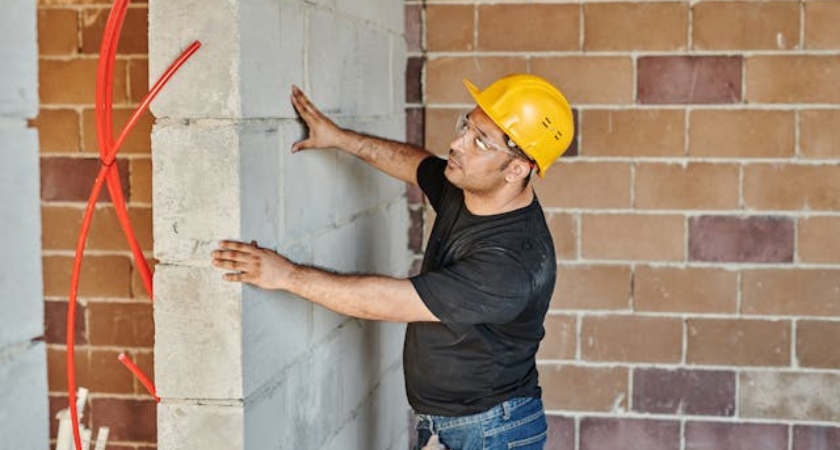
Reckless driving in a U.S. Highway 93 work zone near Carey has prompted fresh safety warnings from the Idaho Transportation Department after multiple near-miss incidents involving workers and equipment.
.jpg)
Crews are currently resurfacing the highway to improve ride quality and durability, but the temporary traffic setup — one-lane access controlled by pilot cars and flaggers during the day, and automated signals at night — has led to growing impatience among drivers.
According to ITD officials, several motorists have attempted to illegally pass vehicles and even the pilot car guiding traffic through the active construction zone. In some cases, those actions nearly resulted in collisions with flaggers and heavy equipment.
“Our biggest concern is the risk to workers and other drivers in the work zone; the pilot car is intended to show traffic the path to follow and the appropriate speed to go,” said District Engineer Jesse Barrus. “Even beyond that, this could undo progress that’s been made, which means construction could go longer than needed.”
The resurfacing project is slated to continue through the end of September, and ITD is urging drivers to budget an extra 10–15 minutes for their commute to avoid dangerous behavior caused by frustration or haste.

Officials are reminding motorists that information on expected delays is readily available through the 511 app or at 511.idaho.gov, allowing travelers to plan ahead and avoid surprises.
Reckless driving in construction zones is a growing concern nationwide, with many agencies reporting increased speeding and illegal passing in controlled work areas — especially in rural corridors where drivers are less accustomed to delays.
Federal statistics show that more than 800 people are killed annually in work zone crashes across the U.S., with the vast majority of fatalities being motorists or passengers — not construction workers. Still, near-misses involving workers are increasingly common, and officials stress that ignoring pilot cars and flaggers isn’t just illegal — it can be deadly.
ITD says the safety setup on US-93 is designed to move traffic efficiently while protecting crews operating within just a few feet of passing vehicles. A single reckless driver can jeopardize that system.
As Barrus emphasized, cooperation isn’t just about safety — it’s also about speed. Following directions helps crews finish sooner, which ultimately reduces delays for everyone.
Originally reported by Courtney Salmon in Idaho Transportation Department